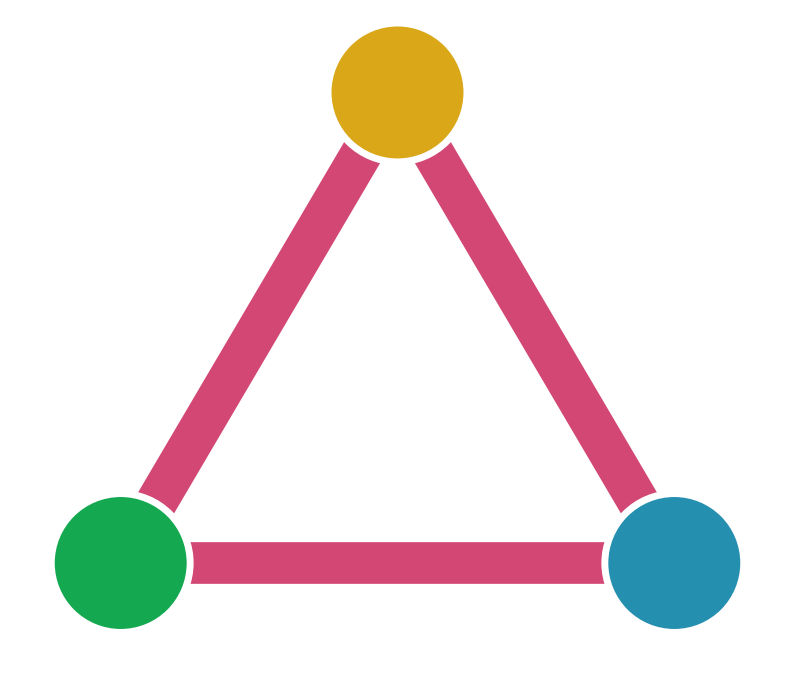Simplify Network#
Rule simplify_network#
Aggregates network to substations and simplifies to a single voltage level.
Rule cluster_network#
Creates networks clustered to {cluster} number of zones with aggregated
buses, generators and transmission corridors.
Relevant Settings
clustering:
cluster_network:
aggregation_strategies:
focus_weights:
solving:
solver:
name:
lines:
length_factor:
Inputs
resources/regions_onshore_elec_s{simpl}.geojson: confer Rule simplify_networkresources/regions_offshore_elec_s{simpl}.geojson: confer Rule simplify_networkresources/busmap_elec_s{simpl}.csv: confer Rule simplify_networknetworks/elec_s{simpl}.nc: confer Rule simplify_networkdata/custom_busmap_elec_s{simpl}_{clusters}.csv: optional input
Outputs
resources/regions_onshore_elec_s{simpl}_{clusters}.geojson:resources/regions_offshore_elec_s{simpl}_{clusters}.geojson:resources/busmap_elec_s{simpl}_{clusters}.csv: Mapping of buses fromnetworks/elec_s{simpl}.nctonetworks/elec_s{simpl}_{clusters}.nc;resources/linemap_elec_s{simpl}_{clusters}.csv: Mapping of lines fromnetworks/elec_s{simpl}.nctonetworks/elec_s{simpl}_{clusters}.nc;networks/elec_s{simpl}_{clusters}.nc:
Description
Note
Why is clustering used both in simplify_network and cluster_network ?
Consider for example a network
networks/elec_s100_50.ncin whichsimplify_networkclusters the network to 100 buses and in a second stepcluster_network`reduces it down to 50 buses.In preliminary tests, it turns out, that the principal effect of changing spatial resolution is actually only partially due to the transmission network. It is more important to differentiate between wind generators with higher capacity factors from those with lower capacity factors, i.e. to have a higher spatial resolution in the renewable generation than in the number of buses.
The two-step clustering allows to study this effect by looking at networks like
networks/elec_s100_50m.nc. Note the additionalmin the{cluster}wildcard. So in the example network there are still up to 100 different wind generators.In combination these two features allow you to study the spatial resolution of the transmission network separately from the spatial resolution of renewable generators.
Is it possible to run the model without the simplify_network rule?
No, the network clustering methods in the PyPSA module pypsa.clustering.spatial do not work reliably with multiple voltage levels and transformers.
Tip
The rule cluster_networks runs
for all scenario s in the configuration file
the rule cluster_network.
Rule add_extra_componenets#
Adds extra extendable components to the clustered and simplified network.
Relevant Settings
costs:
year:
version:
dicountrate:
emission_prices:
electricity:
max_hours:
marginal_cost:
capital_cost:
extendable_carriers:
StorageUnit:
Store:
See also
Documentation of the configuration file config.yaml at costs,
electricity
Inputs
resources/costs.csv: The database of cost assumptions for all included technologies for specific years from various sources; e.g. discount rate, lifetime, investment (CAPEX), fixed operation and maintenance (FOM), variable operation and maintenance (VOM), fuel costs, efficiency, carbon-dioxide intensity.
Outputs
networks/elec_s{simpl}_{clusters}_ec.nc:
Description
The rule add_extra_components attaches additional extendable components to the clustered and simplified network. These can be configured in the config.yaml at electricity: extendable_carriers:. It processes networks/elec_s{simpl}_{clusters}.nc to build networks/elec_s{simpl}_{clusters}_ec.nc, which in contrast to the former (depending on the configuration) contain with zero initial capacity
StorageUnitsof carrier ‘H2’ and/or ‘battery’. If this option is chosen, every bus is given an extendableStorageUnitof the corresponding carrier. The energy and power capacities are linked through a parameter that specifies the energy capacity as maximum hours at full dispatch power and is configured inelectricity: max_hours:. This linkage leads to one investment variable per storage unit. The defaultmax_hourslead to long-term hydrogen and short-term battery storage units.Storesof carrier ‘H2’ and/or ‘battery’ in combination withLinks. If this option is chosen, the script adds extra buses with corresponding carrier where energyStoresare attached and which are connected to the corresponding power buses via two links, one each for charging and discharging. This leads to three investment variables for the energy capacity, charging and discharging capacity of the storage unit.
